“
Great service
I really enjoyed my trip from Ulaanbaatar to Moscow. The staff on board were so friendly and made delicious soup everyday. The 2nd class carriage was comfortable and I was very happy and relaxed.
Tour can be started on any Saturday
This tour takes you through three countries, from Russia through Mongolia and finally into China. Beginning with Russia’s gold-domed capital city, Moscow, where you can see Red Square, the Kremlin, and Novodevichy Convent, you will then travel on to Yekaterinburg, straddling the line between Europe and Asia and the site of the Romanov family’s tragic end. From there, you will travel to Krasnoyarsk, near the spectacular Stolby Mountains, and then to Irkutsk, where you will see the wondrous Lake Baikal, the world’s largest freshwater lake. From there the train will take you into Mongolia, across the vast steppes to Ulaanbaatar. Lastly, the journey ends in Beijing, where you can visit the Forbidden City, Great Wall, and the Ming Tombs.
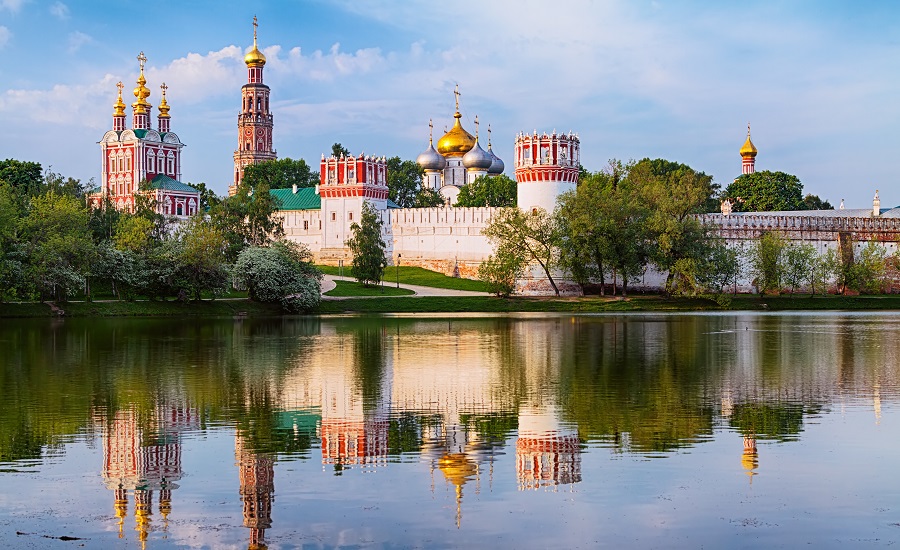
Your Trans-Siberian adventure begins in Moscow, the capital of the Russian Federation.
Our representative will greet you when you arrive in Moscow. As they transport you to your hotel, take the opportunity to enjoy your first glimpses of this historic city. You will have a free evening to rest up and explore a bit of this storied city.
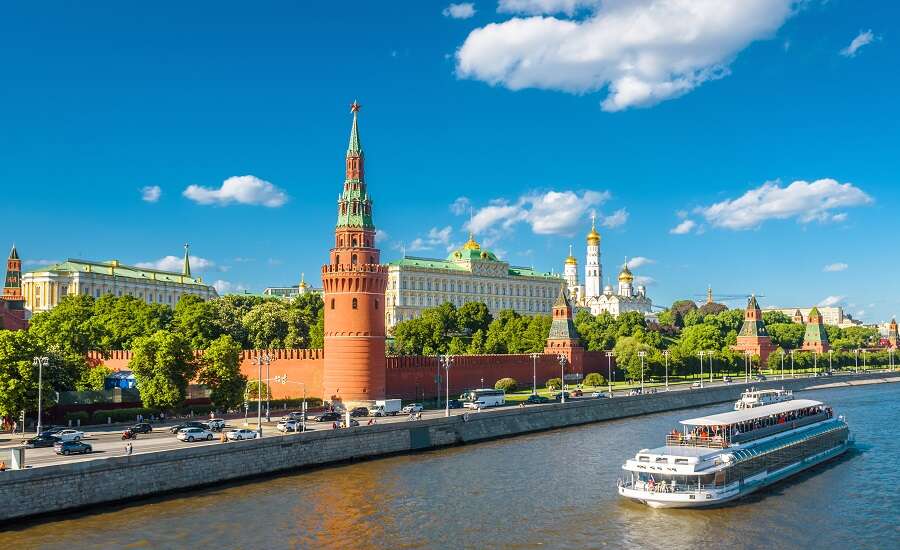
Following breakfast you will be taken on a city tour.
On our Panoramic City Tour, our professional guide will take you on a journey through many of Moscow’s most interesting spots. Take in the amazing view of the city from an observation point in Vorobyev Hills (“Sparrow Hills”), then get a closer look at the Stalin-era architecture of Moscow State University – one of the country’s premier schools. You’ll also see the Triumphal Arch, Victory Park, Novodevichy Convent, and Kutuzovsky Prospect. And, of course you’ll see from the outside, Russia’s seat of power - the Kremlin and Red Square among many other highlights of the city.
Departure by train to Yekaterinburg in the afternoon.

The ride to Yekaterinburg will take about 26 hours. Nestled in the Ural Mountains some 1600 km from Moscow, this is where Siberia begins. Along the way, the train will stop in a series of 11th to 13th Century cities, each offering historical sights – from the gold-domed churches of Vladimir (part of Russia’s Golden Ring) to Nizhny Novgorod’s Kremlin on the Volga River.
Overnight you will cross the Vyatka River, passing the towns of Kotelnich, Kirov (formerly Vyatka, where the first Russian washing machine was made in 1891!) and Balyezino. Morning will bring you to the city of Perm in the foothills of the Ural Mountains, a cultural city known for its literature and ballet. Six hours later, you will reach Yekaterinburg, and our representative will greet you at the station to transport you to your hotel.
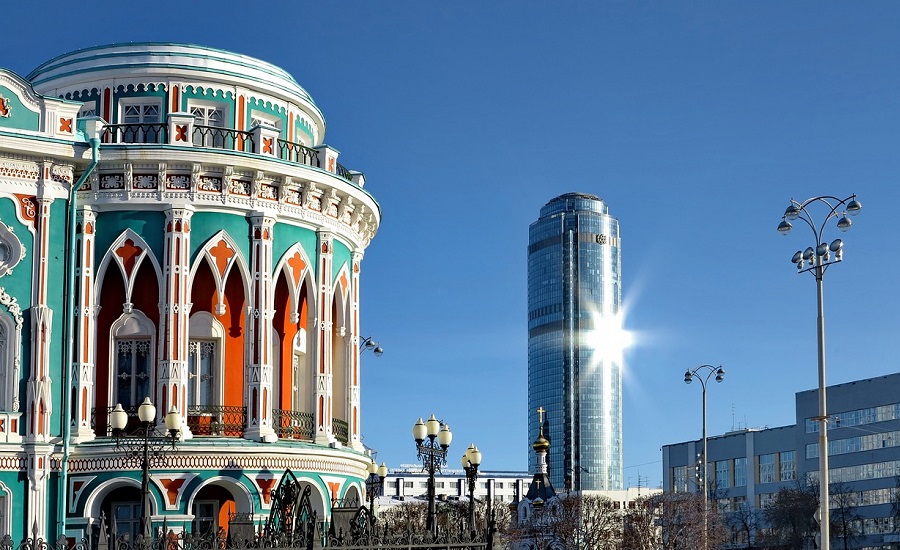
Your day begins after breakfast with a city tour, which includes an exploration of the last days of the Romanovs.
This tour will introduce you to the history of the Imperial family in Yekaterinburg, including their imprisonment and tragic execution. You will visit the site where their bodies were hidden in a secret grave by the Bolsheviks, where today a Monastery dedicated to the family stands – a famous pilgrimage site for Russian Orthodox Christians.
Leaving behind the Monastery and the nearby wooden churches, next will be a tour of Yekaterinburg’s major historical sites, including the Istorichesky Skver (Historical Square) which contains the remnants of the dam and embankment from the city’s founding in 1723. You will also see a monument to Lenin, the first head of Soviet Russia, and places connected to Boris Yeltsin, the first President of Russia, who hailed from this city.
In the afternoon you will transfer to the Yekaterinburg railway station and continue your journey across Russia.
Departure for Krasnoyarsk.
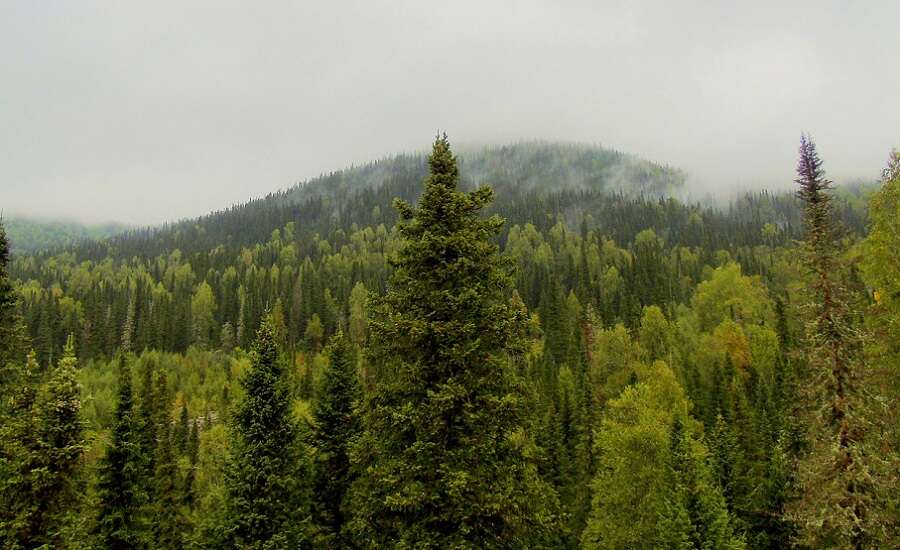
The train route to Krasnoyarsk is very scenic and passes through several towns, including Novosibirsk on the Ob River, followed by the city of Omsk and Russia’s oil capital Tyumen. It will also cross a number of Siberia’s many rivers, including the Kam, Chuna, Lya, Oka, Angara and finally the beautiful Yenisey, where you will come to the city of Krasnoyarsk. Here you will be met by our representative who will escort you to your hotel.
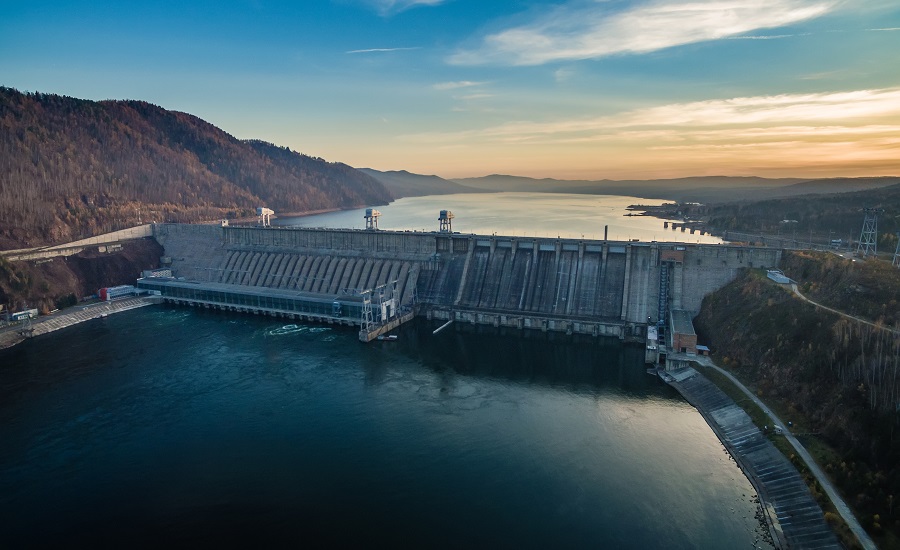
After breakfast, our guide will be waiting to start your day with a tour of Krasnoyarsk. You’ll learn about the city’s beginnings and see its historical sites, such as Peace Square (check out the view of the Yenisey River), Guard Hill and the city’s cobblestone streets. You’ll also visit places relating to the city’s famous citizens, such as the monument to Andrey Dubenskov, the city’s founder.
In the afternoon, you have the option of choosing either a 6-hour excursion in the famous Stolby Mountains or a 4-hour visit to the city’s hydroelectric power station (Krasnoyarsk GES).
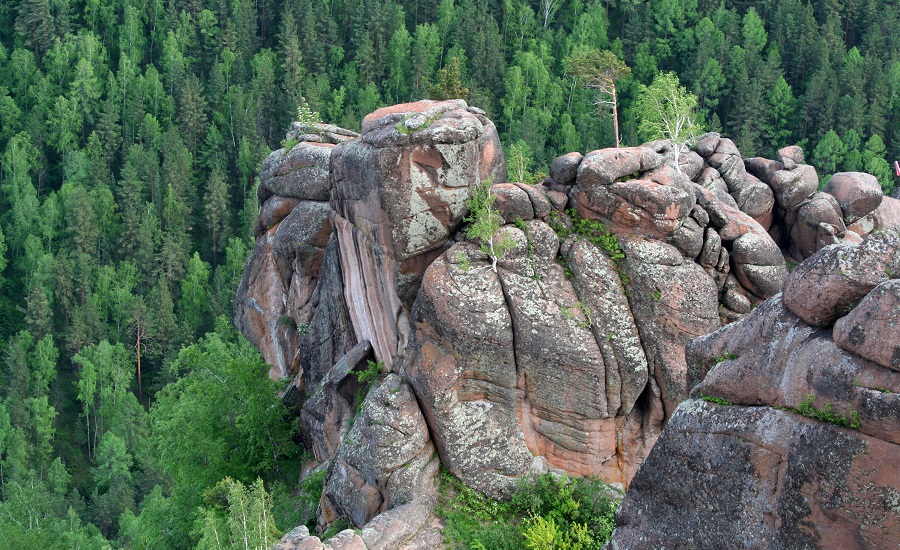
After breakfast and check out from the hotel you will transfer to the Krasnoyarsk train station and leave this beautiful city for other exciting destinations along the Trans-Siberian railway. Your train leaves at noon.
You will spend almost a full day on what many consider to be the most beautiful section of the Trans-Siberian route, moving through the forests and mountains of Siberia. While away the time enjoying views of the region’s lakes and rivers and the rest of Siberia’s natural beauty
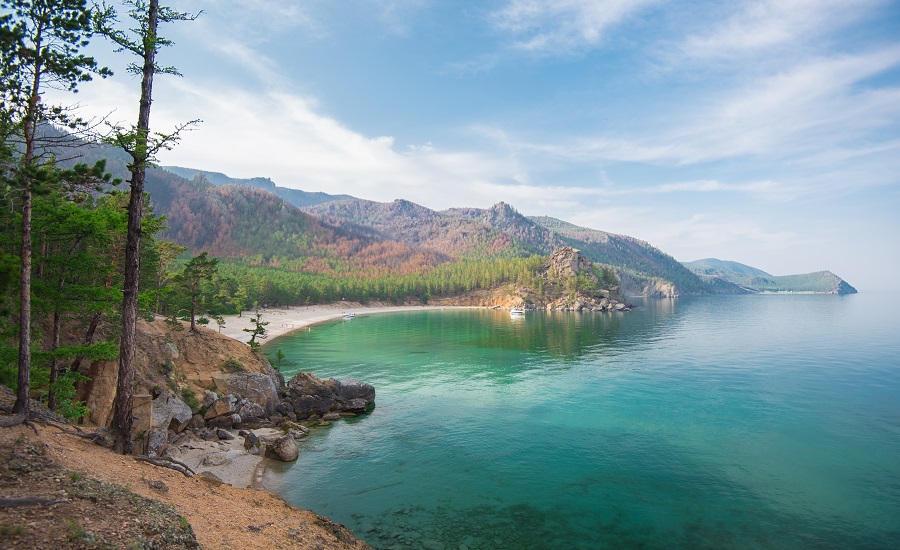
You will be greeted by our representative when your train arrives in Irkutsk in the morning. Then you will be taken to the world’s largest freshwater lake, the wondrous Lake Baikal, with a stop at the Taltsy Ethonographical Museum, to see preserved examples of Siberia’s classic wooden architecture.
After viewing Lake Baikal from the observation point at “Cherskiy Peak”, it’s on to a hotel for an optional lunch. Then you’ll go to the Limnological Museum, which hosts exhibits of the lake’s unique ecosystem and an aquarium with local species including the Baikal nerpa – the only species of freshwater seal in the world. Then it’s off to the St. Nicolas the Miracle-Worker Orthodox Church.
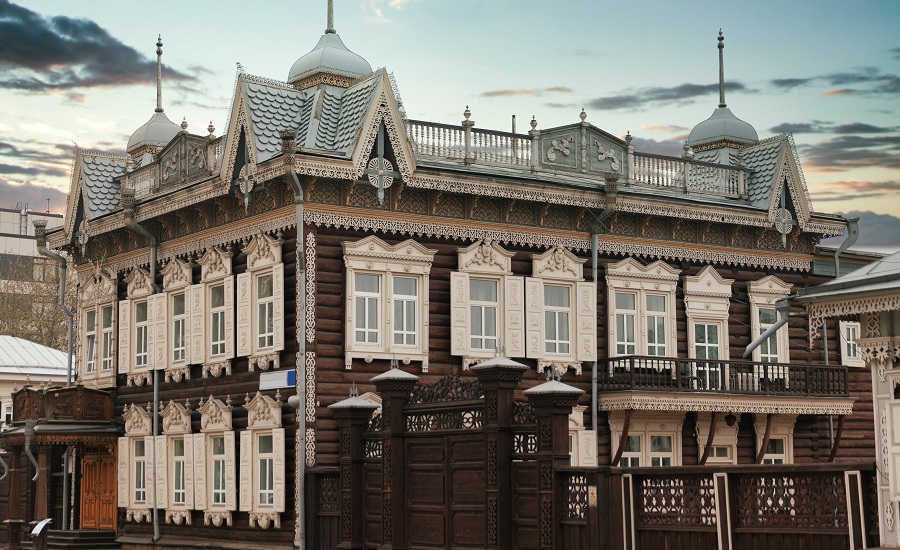
After breakfast you will travel by comfortable car or mini bus to Irkutsk where you will drop off your luggage in the luggage room of a hotel and continue on with your tour.
Next is a city tour of sights around the city, including the Cathedral of the Holy Sign (also known as Znamensky Cathedral). The tour then concludes with a visit to Irkutsk’s Museum of the Decembrists.
After the tour you will check into your hotel in Irkutsk and spend a night there.
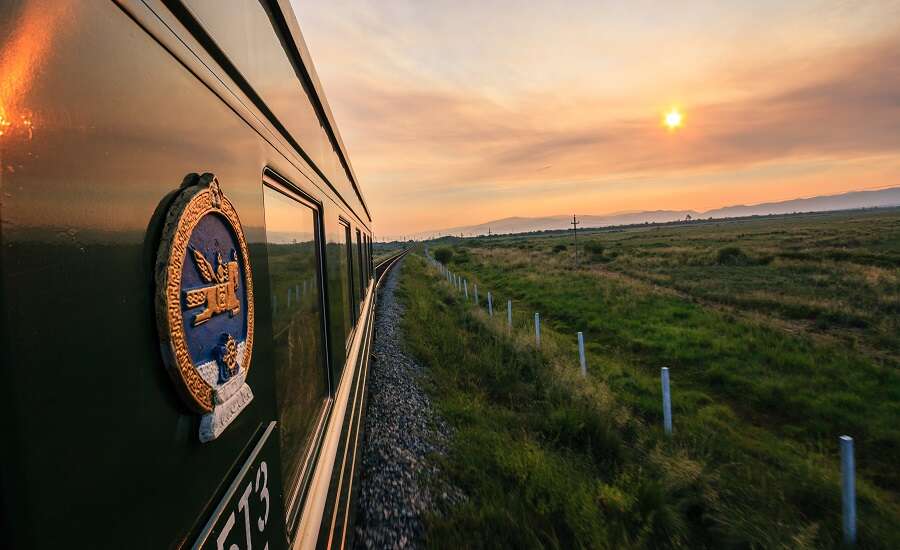
In the morning, your train sets off for Ulaanbaatar on a daylong journey offering views of Lake Baikal and Siberian countryside before crossing the border into Mongolia later in the day.
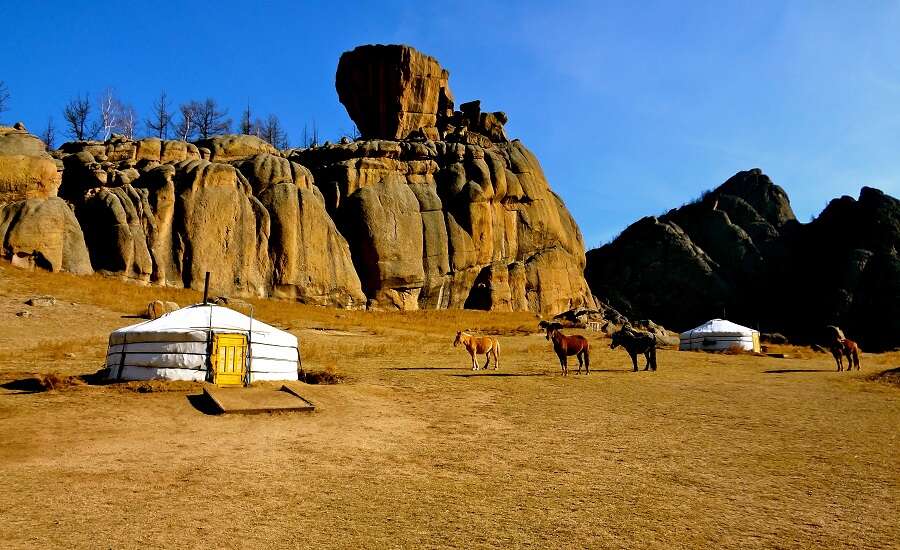
Our representative will greet you when you arrive at Ulaanbaatar in the morning. Then you’ll have breakfast at the hotel before being taken to the beautiful Gorkhi-Terelj National Park (one of the nation’s most popular attractions) and visit an Ovoo, or sacred stone heap used in Mongolian folk region as both a shrine and landmark.
You will have lunch once you reach the park and have the chance to enjoy a number of activities (extra fees apply) at the resort, including trekking, archery and horse cart riding. You will have dinner in a ger-café and sleep like a traditional Mongolian nomad in a ger.
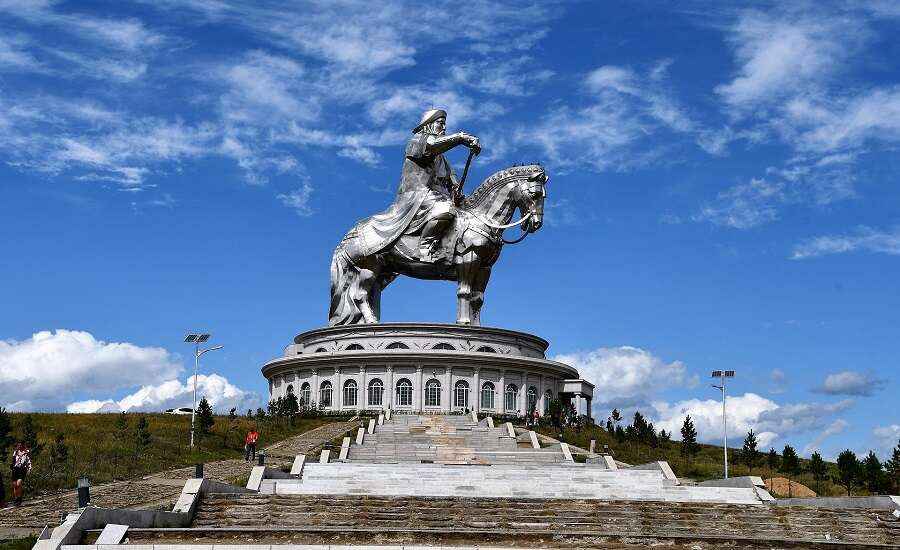
The next morning, it’s back to Ulaanbaatar after breakfast, with a stop along the way to visit a nomadic family.
After returning to Ulaanbaatar, we will take a tour through the city’s Sukhbaatar Square, where you can see monuments to both Genghis Khan and Kublai Kahn as well as a statue of national hero Damdin Sükhbaatar. Later, we will take a trip to the Gandan Monastery, then have lunch and a tour of Mongolia’s oldest public museum, the Natural History Museum. Exhibits include the fossil skeletons of dinosaurs excavated from the Gobi Desert, and a nest of fossilized dinosaur eggs.
After this, you can shop in a Mongolian department store and have dinner in one of the local restaurants before retiring to your hotel.
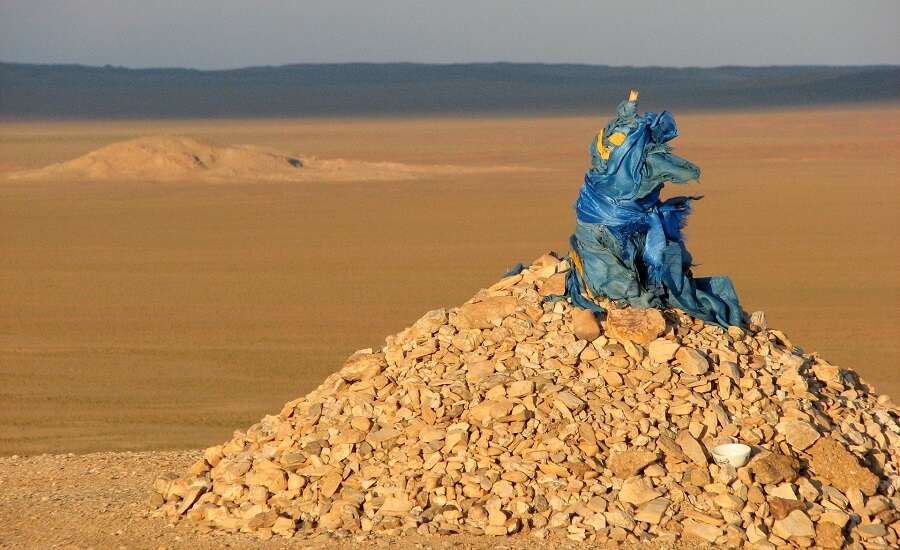
After an early breakfast, you will transfer to the Ulaanbaatar train station to board a train to Beijing at 08.05. The entire day will be spent on the train, admiring the scenic valleys and mountains.
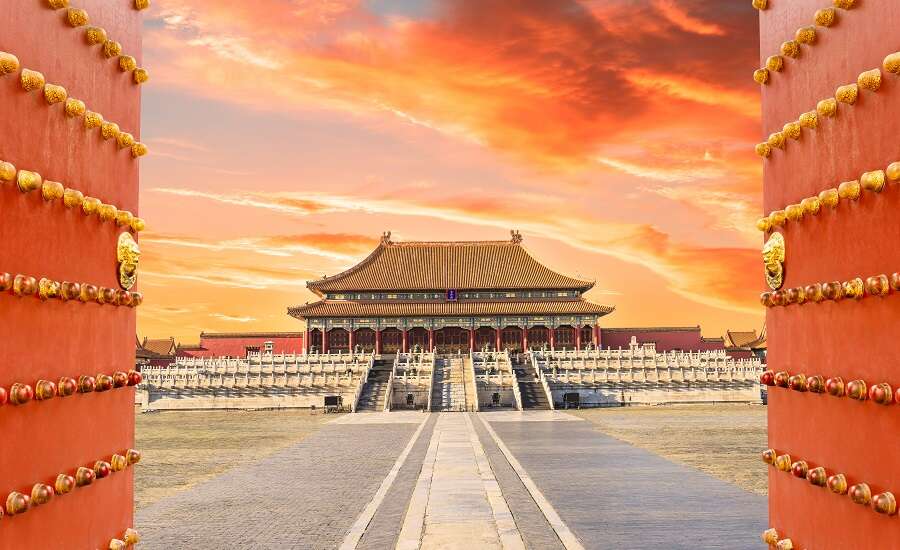
Once your train arrives in at the railway station in Beijing, you will be met by our representative who will take you to your hotel. Your evening will be free for you to explore and immerse yourself in this marvelous city.
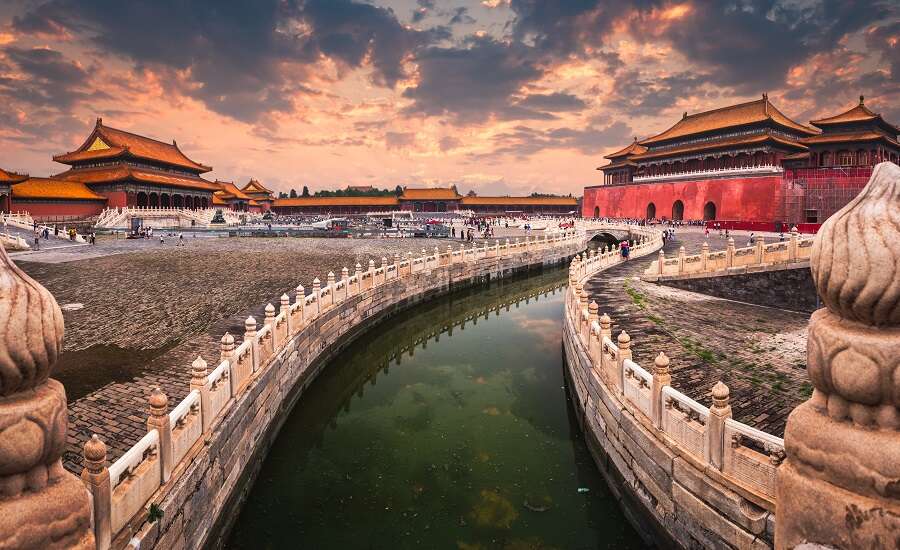
You will be taken on a tour of the city after breakfast, visiting key spots around Beijing including the Forbidden City.
Once the city tour is complete, it’s time to visit one of the world’s most recognizable landmarks and a famous symbol of Chinese civilization – the 6350 km Great Wall.
We will stop for lunch at a restaurant after your visit to the Great Wall.
Next, your experience continues with a visit to the Ming Tombs.
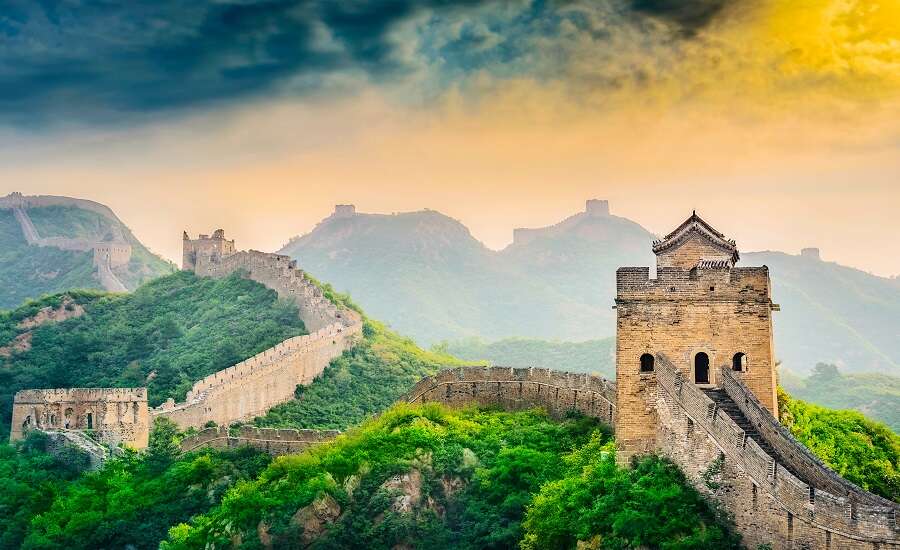
After breakfast, you will check out of your hotel and have a transfer to the airport. We hope that you enjoyed your Trans-Siberian railway adventure and are left with memories to last a lifetime!
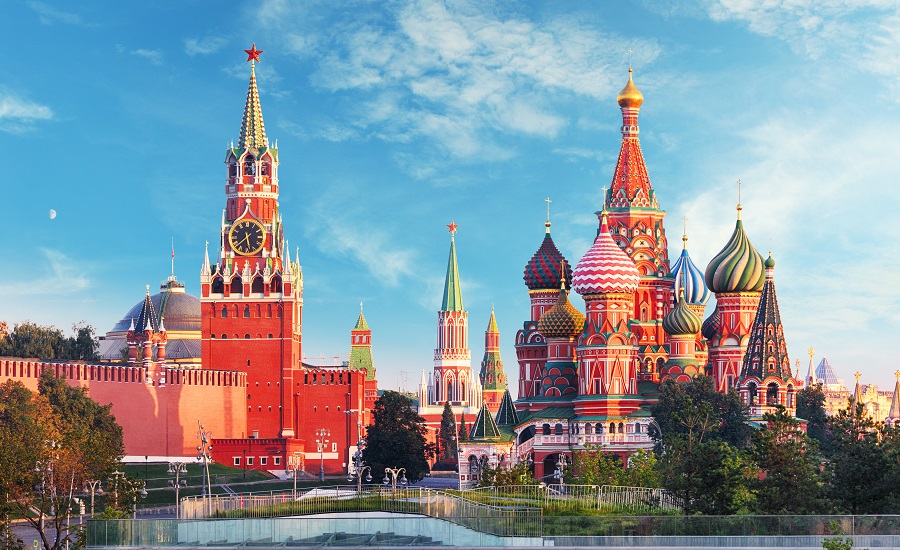
With the largest urban area in Europe (as well as being the most populous city in Europe), Moscow is one ofthe largest cities in the world. The capital of Russia, as well as its cultural, political, scientific, and economic center, Moscow’s history extends back to medieval times. Moscow was a minor border town in its earliest history but was elevated in the 12th Century to the Grand Duchy of Moscow under the rulership of Prince Daniel. This Grand Duchy would continue to gain in power and influence after this, ultimately absorbing neighboring principalities over the following centuries, such as the Grand Duchy of Tver and the Novgorod Republic. Ultimately Ivan III extended the city’s territory to encompass all of the Rus’ territory, taking for himself the title of Tsar (though officially his son, known as Ivan the Terrible, was the first actual Tsar of Russia). Moscow has seen numerous wars through its history, from the Mongols to the Nazis, and has been under siege numerous times. Today a flourishing city, Moscow has an impressive metro system to facilitate visitors touring the city.
Moscow has numerous points of cultural and historical interest, notably Red Square and the Kremlin, but also St Basil’s Cathedral, over a hundred parks and gardens, the Bolshoi Theatre, Tretyakov Gallery, and the Moscow State Circus. Key architectural points include the Ostankino Tower and the Seven Sisters, a group of skyscrapers during the Stalinist period.
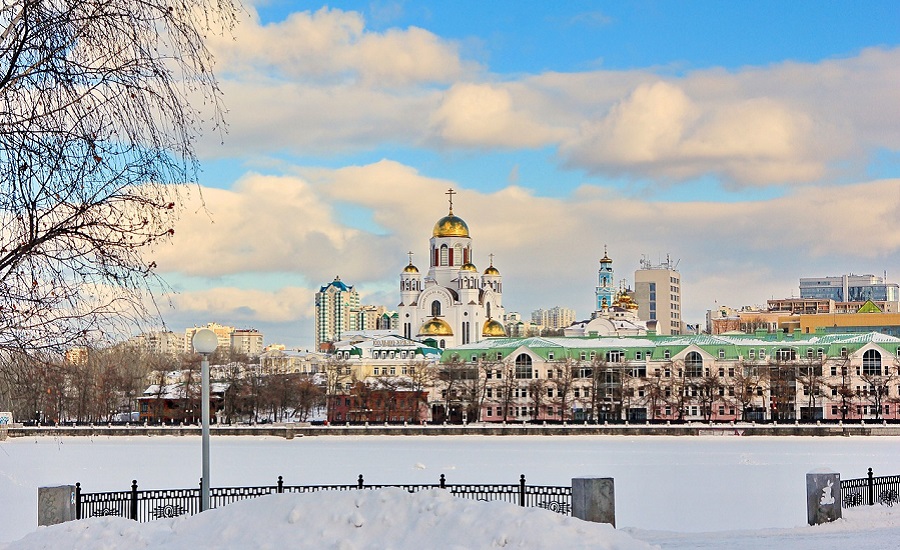
Tsar Peter the Great founded this city on the dividing line between Asian and European Russia in 1723 to facilitate the exploitation of Siberia’s vast natural resources. Named for his wife, the Empress Catherine I, Yekaterinburg is now the 2nd largest city in Siberia and is still prosperous thanks to Siberia’s mineral riches. In the wake of the Russian Revolution, Tsar Nicholas II and the rest of the Romanov family were exiled here and held at Ipatiev House (where the Church on Blood now stands) before their execution.
Originally the site of the Four Brothers mine, the remains of the Imperial family were thrown into a pit and burned here in 1918 before being secretly moved and buried a few miles away. Throughout Soviet rule, people still clandestinely came to pay their respects to Tsar’s family and in 1991 a memorial cross was set on this spot. The monastery was constructed in 2000, and now includes seven churches.
This church, known also as the Church on Blood in Honor of All Saints Resplendent in the Russian Land, was built on the former site of Ipatiev House, where the Romanovs were held after being exiled to Yekaterinburg after the Russian Revolution, and where they were later executed. A memorial at the church includes sculptures representing the family’s final walk to execution and a memorial alter on the murder site itself, as well as an exhibit dedicated to the final days of the Imperial family.
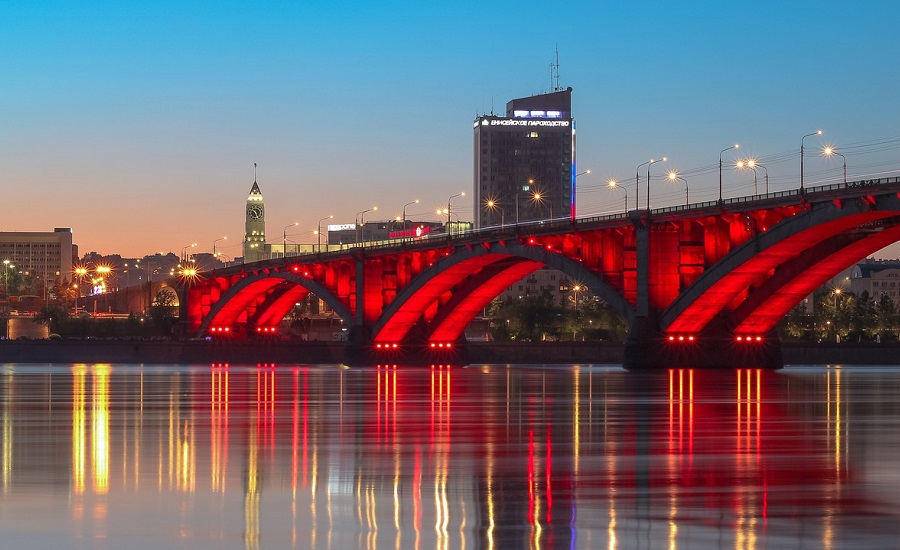
Krasnoyarsk was one of the first Russian settlements in Siberia. Originally the border fort of Krasny Yar, it was founded on the banks of the Yenisey River in 1628 as a guard against the native people who lived in the area. The fort grew into a town after the completion of the Siberian Road (the modern-day M53) spurred trade with cities in western Russia in the early 18th Century. Near the end of the 19th Century, growth exploded again due to the arrival of the railroad and the discovery of gold in the region. The city became an industrial and manufacturing center, which it remains to this day, and is one of the country’s leading producers of aluminum. Krasnoyarsk was one of the cities to which political exiles were sent, including a number of the Decembrists who were sent from St Petersburg in the wake of the failed revolt against the Tsar. The city has a number of historic sites and is famed for the natural beauty of the surrounding area.
The Stolby Nature Reserve is located about 10 km south of Krasnoyarsk, famous for its complex rock structures. Only three districts, encompassing approximately 3.5% of the reserves land area, are currently open to visitors: the Central Pillars, an area of about 50 square kilometers with a number of unique stones with names like “Stovepipe”, “Lions Gate”, and “Grandfather”; Takmakovsky, in the valley of the Bazaikha River; and the Wild Pillars, with impressive rock structures such as Manskaya Stenka and Manskaya Baba.
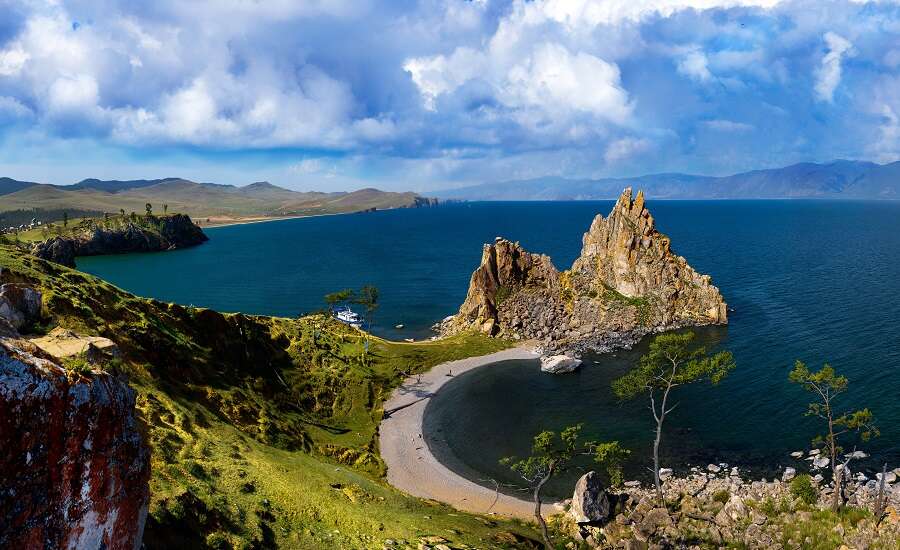
Irkutsk began as a 17th Century gold-trading settlement which also served to collect the fur tax from the local Buryats. When the first road was constructed to Moscow in 1760, trade brought a number of luxuries and other items to the town for the first time. About 60 years later, the town was the seat of the Governor-General of East Siberia, and it later received an influx of exiled elites from St. Petersburg involved in the Decembrist revolt. As a consequence, the city developed a surprisingly rich cultural and intellectual life which continues to this day, with a large number of museums and scientific institutes.
Also called Taltsy Village, this unique open-air museum covers 67 hectares near Listvyanka and showcases over 40 preserved buildings including a watermill, a 17th Century watchtower, two churches, and various farms and peasant homes. The museum also includes 8000 exhibits relating to daily life in Siberia in the 17th to 19th Centuries. Regular folk festivals are also hosted here.
Located in the Volkonsky Mansion, the former home of one of the aristocratic families exiled to Irkutsk in the wake of the failed Decembrist revolt, this museum showcases the lives of the Trubetskoy and Volkonsky families and the events of their exile. Of special note is a monument to the wives of the Decembrists who left behind everything to follow their husbands into exile.
Known also as Znamensky Monastery, this holy site has a towering iconostasis, a sarcophagus containing holy relics, and a beautifully ornate interior. The graveyard holds the grave of Grigory Shelekhov, who claimed Alaska for Russia, as well as a number of Decembrists.
Listvyanka is a small town of wooden, Siberian-style houses on the shore of Lake Baikal. Some 70 km from Irkutsk, it has a population of fewer than 2000 people. Among its places of interest are the Taltsy Village, an open-air museum of various preserved examples of wooden buildings, and the Baikal Limnology Museum, showcasing the ecology and history of the lake. This town is also home to a handful of sacred sites, including the Church of St Nicholas, Shaman Rock, and the Obo (sacred for the Buryat people who live in the region). The town features a number of shops selling local crafts and souvenirs to visitors.
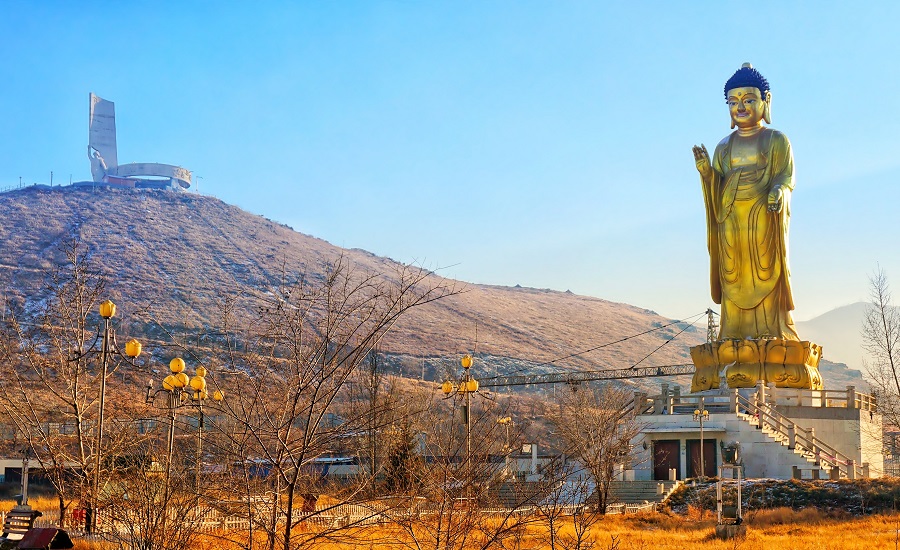
Mongolia’s capital city of Ulaanbaatar holds half the population of the country, over a million people, and accounts for two-thirds of the nation’s GDP. While there was a nomadic Buddhist center on this site at the joining of the Tuul and Selbe Rivers from as early as the 17th Century, it changed location frequently. A permanent settlement didn’t exist until 1778. Sitting on a windswept plateau, the city is noted for its severe winters and for being the coldest capital city in the world.
Renamed briefly to Chinggis Square in honor of Genghis Khan in 2013, Sukhbaatar Square is the central square of Ulaanbaatar. Named for national hero Damdin Sükhbaatar, the square once held his tomb and now features an equestrian statue of him.
The Gandantegchinlen Monastery, known more commonly simply as Gandan Monastery, was one of only a few such monasteries to escape destruction in the 1930’s, when the Stalin-esque leader Khorloogiin Choibalsan led purges which killed some 35000 Mongolians, including 15000 lamas. Closed during this period, it reopened in 1944, and is today the largest Buddhist monastery in the city with some 150 monks residing there. The monastery features the largest indoor statue in the world, a 26 meter statue of Avalokitesvara.
Established in 1924 as the National Museum, the Natural History Museum has over 6000 specimens in its collection, including a nearly complete Tarbosaurus skeleton and a set of Protoceratops eggs. Museum sections include geography, biography, paleontology, and anthropology, and the displays showcase a number of species found in Mongolia including the snow leopard and red wolf.
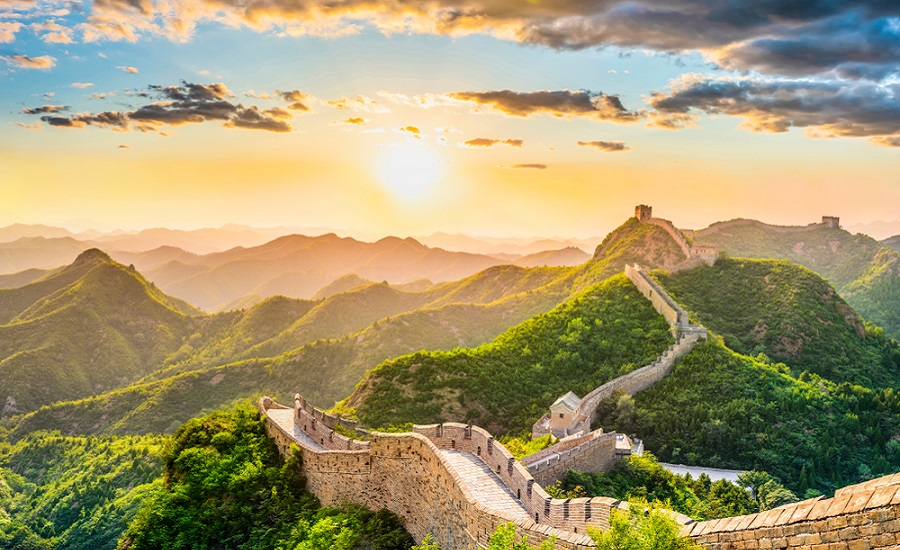
Beijing is the most populous capital city in the world, with over 21 million people. One of the oldest cities in the world, Beijing is over three thousand years old and has an impressive array of cultural and religious sites, including seven UNESCO World Heritage sites (the Great Wall, Grand Canal, Temple of Heaven, Summer Palace, Ming Tombs, Zhoukoudian, and the Forbidden City). The city has been the nation’s political center for over eight centuries, as well as its cultural and educational hub, and is one of the world’s major economic centers.
The Thirteen Tombs of the Ming Dynasty, also called simply the Ming Tombs, are a group of Imperial tombs dating from the 15th through the 17th Centuries. They are located over a 25 square mile area in Beijing’s Changping District, just under 30 miles north of city center. Currently, three of the tombs are open to the public – Dingling (the only one to have been excavated), Changling and Zhaoling.
Walls along the northern border of China began to be built as early as the 7th Century BC, protecting the borders of various ancient Chinese states. However, when a unified China was built by the ascension the first Qin emperor (Qin Shi Huang) in 221 BC, the wall sections which divided the formerly separate states were ordered destroyed. The remaining wall sections (those actually on the northern border) were to be joined into a single, long wall. Few of these walls, made mostly from rammed earth, remain. Later dynasties would rebuild or expand sections of the wall, but it was the Ming dynasty that created the most famous sections of the Great Wall known today.
This 15th Century palace served as the imperial residence of 24 emperors and was the seat of government for over 500 years, beginning in 1420 (during the reign of the third Ming emperor) until the end of the Quing dynasty in 1924. Now a World Heritage site, the palace consists of some 980 buildings and covers approximately 178 acres and sees some 14 million visitors each year.
| 1 | $7152 |
| 2 | $4863 |
| 3 - 4 | $4461 |
| 5 - 6 | $4252 |
| single supplement | $569 |
| 1 | $6529 |
| 2 | $4241 |
| 3 - 4 | $3839 |
| 5 - 6 | $3630 |
| single supplement | $569 |
| 1 | $7338 |
| 2 | $5050 |
| 3 - 4 | $4648 |
| 5 - 6 | $4439 |
| single supplement | $569 |
| 1 | $6652 |
| 2 | $4364 |
| 3 - 4 | $3962 |
| 5 - 6 | $3753 |
| single supplement | $569 |
Prices are per person based on double occupancy in a specific hotel. If you travel in a group but decide to stay in a single room, please add the single supplement to the price. We offer discounts for groups of 7 or more. To inquire about group rates, please contact us.
Please note:
Train fares and schedules are subject to change without notice and the program may be slightly changed in this event. However, this will not influence the quality of the services and we will do our best to make your trip unforgettable!
Regular trains are used for these tours. On these trains, there is no WC your individual cabins and no shower on board. A different train is used for each leg of your journey. There is no guide accompanying you during your time on the train. A new guide will meet you by the train on arrival in each city and they will accompany you back to the train station on the last day in that particular city.
Every effort will be made to adhere to tour pricing, however, currency fluctuation is beyond our control and may affect final costs.
Prices include:
Single compartment in the train is available on request
Not included:
Payment policy:
To book a tour, a 30% deposit is required at the time of booking. The trip must be fully paid 61 days before departure.
Cancellation policy:
Get ready to be whisked along on a smooth and magical ride on the Trans-Siberian Railway.
Our travel group under the names Express to Russia, Russian Rail and Trans-Europe Express has been recommended and/or accredited by:

A portion of your order goes to helping underprivileged Russian children.
Learn more